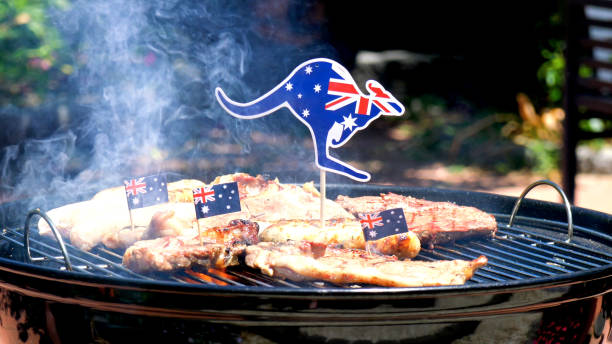Barbecue Basics: Methods, Equipment, and Outdoor Food Tips
Barbecue refers to cooking foods—often meats—over direct or indirect heat, frequently outdoors, and sometimes using smoke to add flavor. This article explains common techniques, equipment choices, and safe practices so you can plan meals around a grill with confidence. Whether you’re preparing a casual backyard meal or experimenting with low-and-slow smoking, understanding the fundamentals helps you control flavor, texture, and safety.

What is barbecue?
Barbecue describes a range of cooking styles that center on heat from charcoal, wood, gas, or electric sources and often incorporate smoke for flavor. In many regions, barbecue also denotes the cultural practices and specific sauces or rubs used with the food. Key differences include cooking temperature and time: some approaches use high, direct heat for searing, while others favor low, indirect heat for hours to break down connective tissue in tougher cuts.
How to choose a grill
Selecting a grill depends on how you plan to cook and how much maintenance you’re willing to do. Charcoal grills create distinct smoky flavor and are relatively inexpensive but require more hands-on attention to maintain temperature. Gas grills heat quickly and are easier to control with knobs, making them convenient for weekday cooking. Pellet grills automate temperature and add wood-smoke flavor; electric grills work well for apartment balconies where open flame may be restricted. Consider size, fuel availability, and local regulations when choosing equipment.
Practical barbecue cooking techniques
Successful barbecue cooking balances heat management, timing, and seasoning. For quick cooks, direct grilling over higher heat sears food and locks in juices. For tougher cuts like pork shoulder or brisket, indirect heat and lower temperatures (often 225–275°F) allow collagen to break down slowly, producing tender meat. Use thermometers to monitor internal doneness: they’re more reliable than time estimates. Techniques such as reverse searing, mopping, or spritzing can influence crust and moisture. Rest cooked pieces before slicing to let juices redistribute for better texture.
Managing outdoor food safety
Outdoor barbecue food safety centers on temperature control and preventing cross-contamination. Keep raw and cooked items separate, use different utensils or thoroughly wash them between uses, and store perishable ingredients in coolers until ready to cook. Maintain hot-holding temperatures above 140°F for finished dishes, and use a food thermometer to confirm poultry reaches at least 165°F, while pork and beef roasts generally target higher internal temperatures based on desired doneness and safety guidelines. Also account for ambient conditions—hot weather speeds bacterial growth, and wind or cold can affect grill temperatures.
Serving ideas for barbecue food
Pair main barbecue items with sides and condiments that complement the cooking method and regional flavor profile. Classic accompaniments include grilled vegetables, coleslaw, potato salads, pickled vegetables, and bread options that absorb sauces. Balance richer smoked meats with acidic or crisp sides to cut through fat. Offer a variety of sauces and rubs on the side so guests can adjust intensity. For outdoor gatherings, present food in covered containers to protect from insects and maintain appropriate serving temperatures until plated.
Barbecue blends culinary technique, equipment choices, and attention to safety. By matching your grill type to the cooking method, monitoring temperatures, and preparing complementary sides, you can produce consistent results whether grilling for a small meal or hosting a larger outdoor event. Experiment with different woods, rubs, and heat profiles to develop flavor preferences, and rely on thermometers and safe handling practices to ensure the food you serve is both tasty and safe.




